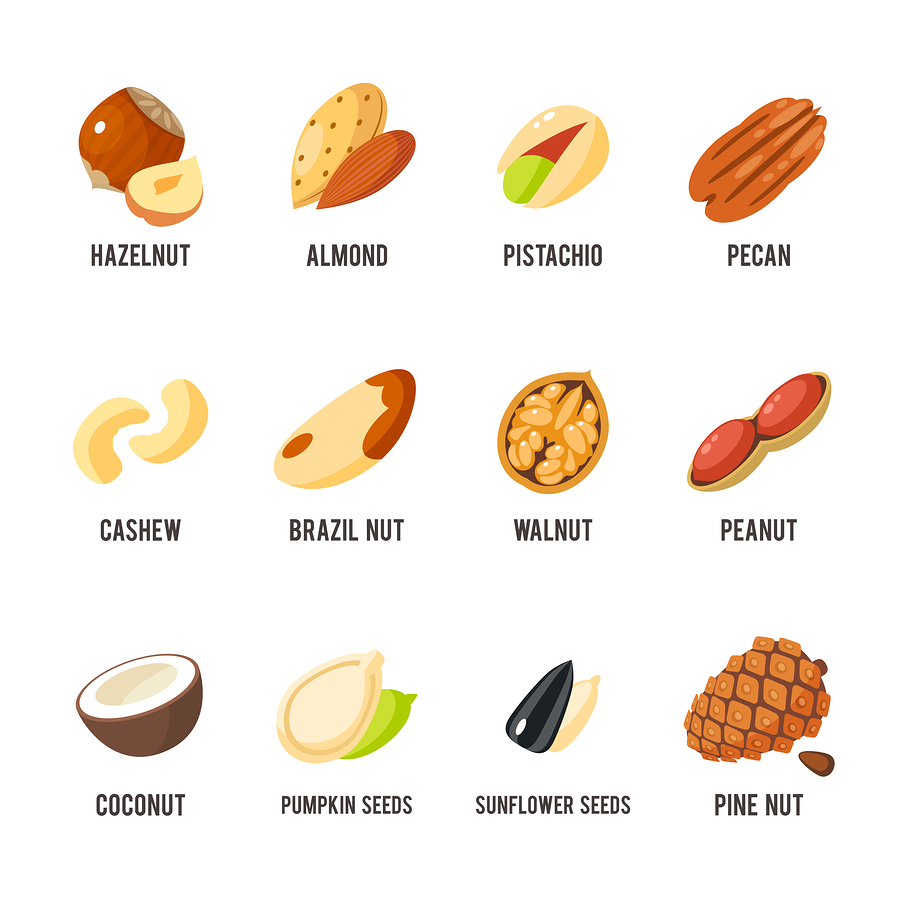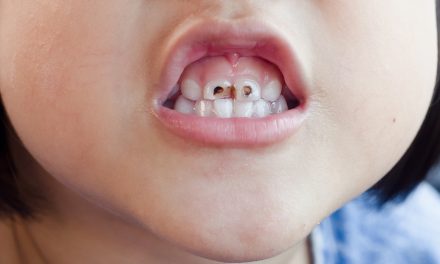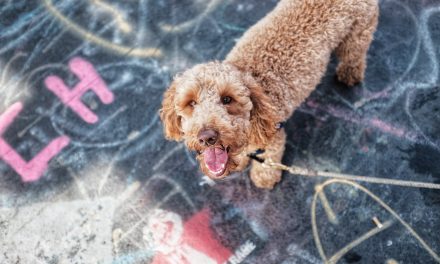Just for fun. Enjoy! 🙂 XO- Erin
Why Cashews are Not Sold to Consumers in Their Shells
Cashews are a member of the same family as poison ivy, Anacardiaceae. Like poison ivy and many other members of the family, part of the cashew plant contains an oily chemical called urushiol, which is a strong irritant for most people and can even be fatal for some if ingested.
In cashews, the urushiol is found not only in the leaves, but also in a layer of oil between the shell and the cashew seed. Needless to say, shelling cashews is something that needs to be done very carefully and not by consumers.
Despite the need for care in shelling cashews, it’s still often done by hand, much to the chagrin of the workers involved, particularly in poorer nations where safety equipment is often lacking.
From the above, you might be wondering why you can purchase raw cashews. It turns out, even so-called “raw” cashews are not actually raw. Eating true raw, unprocessed cashew seeds would result in you ingesting some of this urushiol, which, as mentioned, can potentially be fatal. Thus, the seeds must either be roasted at high temperatures to destroy the offending oil or, in the case of “raw” cashews, usually steamed and/or boiled in oils.
Why Pistachios Used to Be Dyed Red
Historically, most pistachios in the United States were imported from the Middle East. The problem was that when they arrived, they tended to have numerous blemishes on the shells, particularly stains left over from the harvesting methods employed in the Middle East.
These stains weren’t good for marketing purposes. To get around this, importers devised an idea to not only mask the blemishes, but also to help draw the eye to the pistachios, namely, dying them red.
This all began to change in the 1970s when pistachios started to be grown in the U.S. commercially. Today, the vast majority (upwards of 98%) of pistachios sold in the United States are grown and processed in California with much better harvesting and processing facilities than decades before in the Middle East. These improved facilities result in fewer blemishes and stains appearing on the pistachios, so there is less need to dye them, which is one of the reasons the practice is dying out.
Bonus Facts:
- Unlike many seeds, the cashew seed grows on the outside of the fruit itself as you can see from the above picture, making it a “false fruit” or “accessory fruit.” The fruit, known as a cashew apple, is actually very good to eat, but is not widely consumed outside of areas it is grown in due to the fact that it’s not easy to transport because of its extremely fragile skin.
- Like the cashew, pistachios are a member of the Anacardiaceae family, meaning they, too, naturally contain the chemical urushiol that makes poison ivy and others in the family so irritating. In the pistachio’s case, the primary concentration of urushiol is in the pistachio itself.
*Article originally appeared at Today I Found Out.












